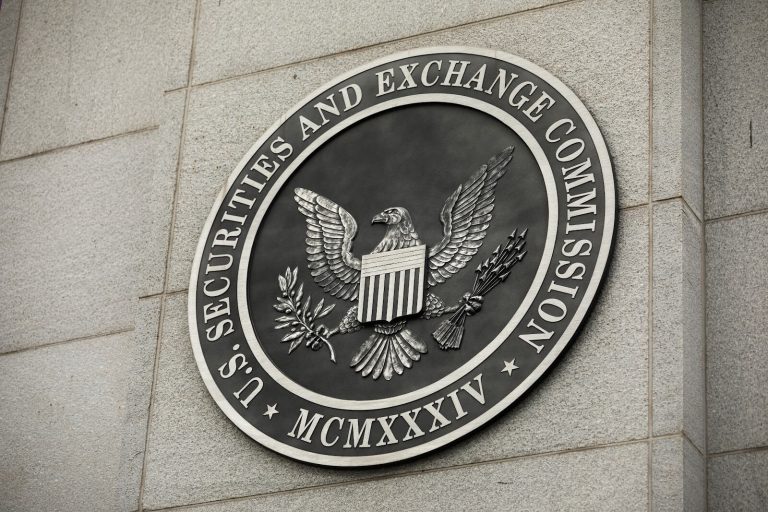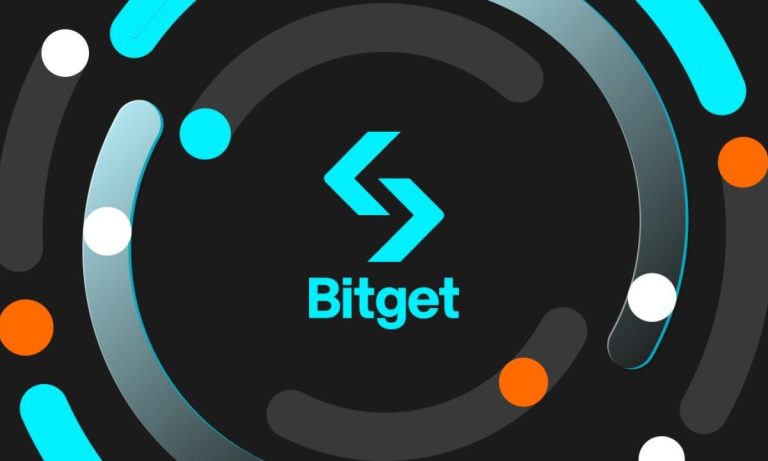
Binance, one of the world’s largest cryptocurrency exchanges, is under intense legal scrutiny after a federal lawsuit was filed by 306 American families. These families allege that Binance and its founder, Changpeng Zhao (commonly referred to as CZ), facilitated over $1 billion in transactions for organizations like Hamas and other terrorist groups.
Details of the Lawsuit
The lawsuit was filed in federal court in North Dakota on behalf of families affected by Hamas attacks, particularly the October 7, 2023, assault which tragically led to the deaths of over 1,200 individuals and the taking of 252 hostages. Plaintiffs claim that between 2017 and 2023, Binance created systems that knowingly allowed users linked to designated terrorist groups to move funds undetected.
The complaint accuses Binance of using pooled wallets that commingled assets, implementing weak identity checks, and maintaining limited transaction records. These practices allegedly made it easier for sanctioned financial activity to remain hidden. More alarmingly, plaintiffs allege that CZ personally directed employees to obscure customer locations and shield accounts associated with terrorist entities from U.S. regulators.
Notable Accusations
The filing cites individuals with direct or familial ties to terrorist organizations, including the son of a Hezbollah chief and a Palestinian Islamic Jihad operative. Binance is also accused of using an organizational structure involving offshore entities, making it challenging for authorities to trace the flow of funds or enforce regulations.
This lawsuit follows a $4.3 billion settlement Binance reached with U.S. authorities in 2023 over violations related to anti-money laundering (AML) and sanctions compliance. At that time, CZ also pleaded guilty to failing to maintain an effective AML program, resigned as CEO, and served a brief prison sentence. Recently, former President Donald Trump pardoned CZ, drawing significant public attention.
Impact on Cryptocurrency and Public Trust
Research indicates that terrorist groups have increasingly leveraged cryptocurrencies to finance operations. Hamas, for instance, launched donation campaigns in 2019, which led to U.S. enforcement actions on websites and crypto accounts linked to them. Between 2020 and 2023, blockchain wallets associated with Hamas reportedly received approximately $41 million, while estimates for Palestinian Islamic Jihad-related wallets reached $93 million during the same period.
The legal battle against Binance underscores a broader issue of how cryptocurrency platforms manage compliance with regulations. Proponents of encryption and decentralized finance argue that blockchain technologies can enhance transparency. Nonetheless, critics stress the necessity for robust oversight to prevent malicious use of these platforms.
Industry Repercussions
The current lawsuit adds to the mounting legal pressures Binance is already facing. Previous lawsuits, such as Raanan et al. v. Binance Holdings Limited, also accuse the exchange of enabling terrorist financing. If proven, these allegations could lead to stricter global regulations for cryptocurrency exchanges and force a shift in how companies like Binance operate.
How Crypto Users Can Stay Protected
For everyday users, this lawsuit serves as a critical reminder to choose platforms that prioritize security and compliance. While Binance’s website assures compliance with internationally recognized sanctions laws, these allegations highlight potential risks in using platforms with questionable practices.
If you’re diving into cryptocurrency trading or investments, consider using a secure and transparent cryptocurrency wallet. Products like the Ledger Nano X hardware wallet provide an additional layer of security to protect your assets from unauthorized access. Available with advanced encryption, it’s a widely trusted solution for crypto enthusiasts.
Conclusion
As the legal challenges against Binance unfold, the outcome could set a precedent for the entire cryptocurrency industry. While blockchain technology continues to evolve, the balance between innovation and responsibility remains at the forefront of regulatory discussions—and this case puts it in stark focus.



